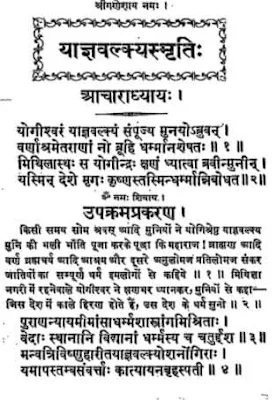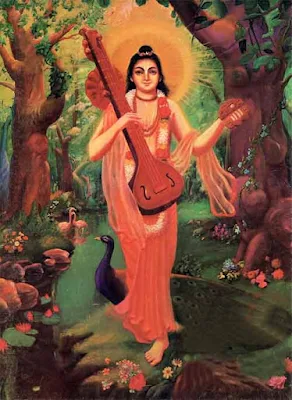Introduction to Dharmashastras
There is a rich mine of
ancient literature known as the Dharmashastras woven delicately into the broad
tapestry of Hinduism, encompassing spirituality, philosophy, and daily life.
These ancient, renowned texts provide deep insights into the moral, ethical,
and social norms that have governed Hindu culture for millennia.
Dharma, the Hindu idea of
moral and ethical responsibility or morality, is described in the
Dharmashastras, ancient Indian books that offer rules and laws pertaining to
dharma. These scriptures form a significant element of Hindu law and offer moral
and legal behavior guidelines in many spheres of life.
"Dharmashastra" is a combination of the Sanskrit terms
"dharma," which means duty or righteousness, and "shastra,"
which means scripture or treatise. The Manusmriti is the most well-known of the
several well-known Dharmashastras. The Manusmriti and a few other well-known
Dharmashastras are described more deeply below.
Manusmriti: It is thought that the Manusmriti was written
over a lengthy period of time, possibly between the second century BCE and the
second century CE. It is credited to Manu, a mythological sage who, in
Hinduism, is considered to be the first man. The text, however, most likely had
a number of authors and alterations during its lifetime. There are twelve
chapters and 2,685 verses in the Manusmriti. It covers a wide range of
subjects, such as social and ethical norms, rules, customs, and
responsibilities for members of the varna (caste) system. It offers
recommendations for appropriate conduct for members of various castes and life
phases (student, householder, hermit, and ascetic). Hindu society and law have
historically been greatly influenced by the Manusmriti. It has, however, also
generated debate because parts of its lines have come under fire for supporting
caste-based discrimination and unfair treatment of women.
Yajnavalkya Smriti: It is said that the sage
Yajnavalkya, a prominent ancient Indian philosopher and scholar, is the author
of Yajnavalkya Smriti. His contributions to Vedic literature and philosophy are
what are most well-known about him. The Yajnavalkya Smriti is largely concerned
with dharma (moral and ethical obligations), law, and ceremonies. It offers
advice on a variety of topics, such as inheritance, marriage, family, and
religious obligations. Between the second century BCE and the
third century CE is when the Yajnavalkya Smriti is thought to have been
written. It outlines standards for marriage rituals, obligations for husbands
and wives, and regulations for family life. Rules and guidelines for the
division of property and inheritance within a family are laid out in the
Yajnavalkya Smriti. The text also includes portions on law, including passages
on how crimes are punished and how the king dispenses justice. The varna system
and other social conventions of the time are reflected in Yajnavalkya Smriti.
Narada Smriti: Sage
Narada, a respected person in Hinduism who is frequently portrayed as a
traveling sage and musician, is credited with creating the Narada Smriti.
The work is composed of aphorisms or sutras and is thought to have been penned
in the early years of the Christian era or during several centuries BCE. The
Narada Smriti discusses a range of topics related to dharma, ethics, and social
obligations. It lays out standards for how people should act in social
situations, such as those concerning inheritance, marriage, and personal
conduct. It describes the fundamentals of law and justice, such as the
procedures for settling disputes, the penalties for crimes, and the
responsibility of a king or ruler to protect dharma.Even though it is not as
well-known as the Manusmriti or Yajnavalkya Smriti, the Narada Smriti is just
as important in Hindu law.
Brihaspati Smriti: The
sage Brihaspati, who is respected in Hinduism and is regarded as the guru of
the Devas, is the traditional author of the Brihaspati Smriti. The
actual era of composition is unknown, however it is thought to be from
antiquity, like many other ancient texts. The Brihaspati Smriti contains rules
for different facets of life, such as the obligations of monarchs, social
classes, and people in general. Justice and law-related matters are also
covered. In ancient India, the Brihaspati Smriti played a role in the formation
of laws and social customs.



.jpg)


.jpg)
Awesome!👍
ReplyDelete